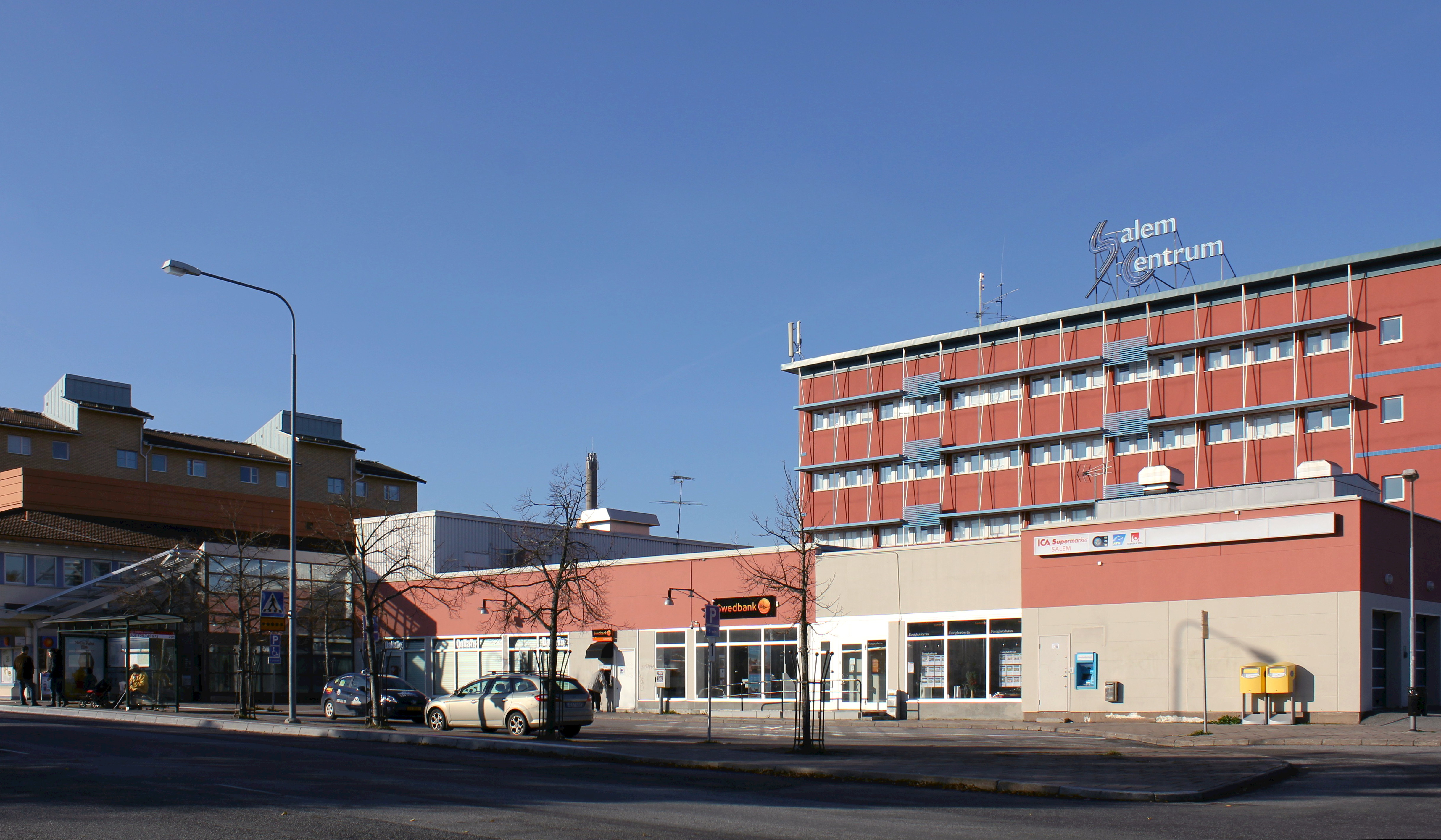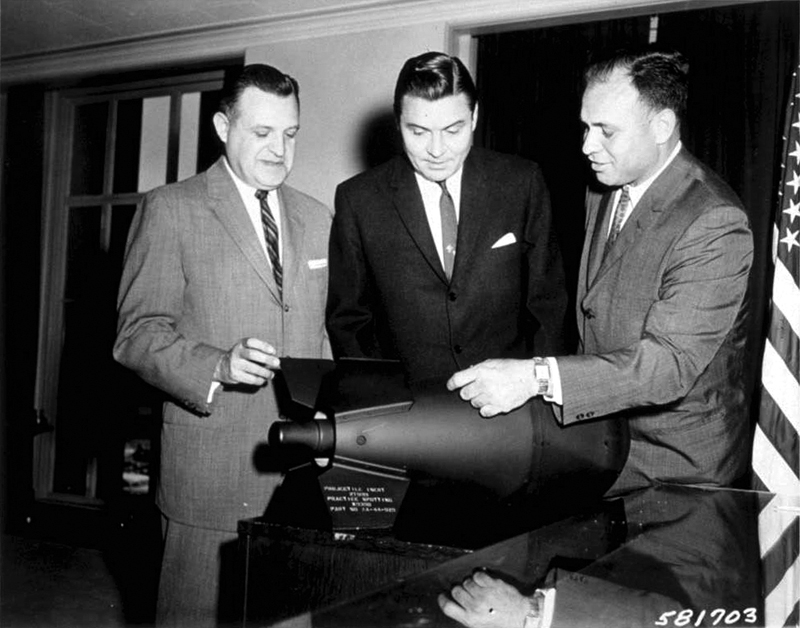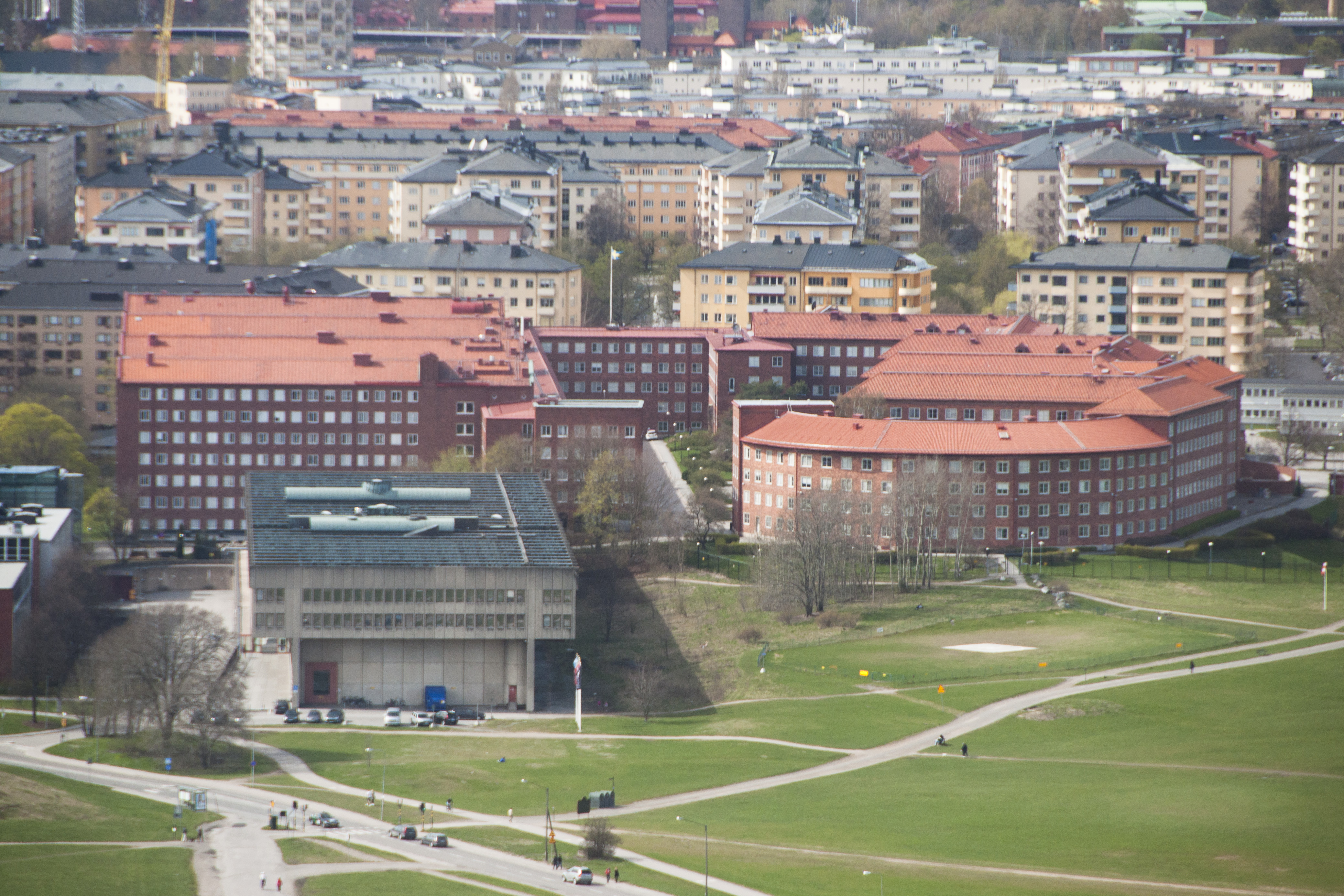|
Edward Malm
Lieutenant General Edvard (''Edward'') Magnus Samuel Malm (20 August 1899 – 23 May 1983) was a senior Swedish Army officer. Malm served as commander of Stockholm Anti-Aircraft Regiment (1949–1956), as Deputy Chief of Ordnance (1956–1959), and as Master-General of the Ordnance (1959–1964). Early life Malm was born on 20 August 1899 in Bäve Parish, Gothenburg and Bohus County, Sweden, the son of Thomasine Ulrika Barnekow and the Minister for War (1907–1911), lieutenant general Olof Malm. Malm passed ''studentexamen'' in 1918. Career Malm graduated from Military Academy Karlberg in 1921 and was commissioned as an officer and assigned as a second lieutenant to Svea Artillery Regiment the same year, where he was promoted to lieutenant in 1925. He attended the General Artillery Course at the Artillery and Engineering College from 1922 to 1923 and the Higher Artillery Course there from 1924 to 1926. He served in the Artillery Staff from 1927 to 1928 and in Svea Artillery R ... [...More Info...] [...Related Items...] OR: [Wikipedia] [Google] [Baidu] |
Salem, Sweden
Salem () is the seat of Salem Municipality, Stockholm County, Sweden. Statistically it is a part of the bimunicipal contiguously built-up Tumba urban area. . Retrieved 21 April 2008. In 2005, Salem had a population of 14,171. The number of inhabitants increased to ca. 16,000 in 2008, and to almost 17,000 in 2020 . Notable people *Edoff Andersson
Edoff Emanuel Andersson (2 July 1892 in Salem, Sweden – 1934) was a Swedi ...
[...More Info...] [...Related Items...] OR: [Wikipedia] [Google] [Baidu] |
Swedish Army Ordnance Corps
The Swedish Army Ordnance Corps ( sv, Fälttygkåren, Ftk) was an administrative corps of the Swedish Army established in 1937 (its first instruction on 18 June 1937). The majority of the active officers and some civilian personnel served in the Ordnance Department of the Royal Swedish Army Materiel Administration and its workshops. History The corps was established on 1 July 1937 through a merger of the artillery factories and the staff of the Ordnance Depot (''Tyganstalten'') with ''Fortifikationen'' and the Swedish Army Service Troops' ordnance services as well as with the military units' ordnance officers and ordnance non-commissioned officers. The new administrative corps was named the Swedish Army Ordnance Corps (''Fälttygkåren'') and with the Master-General of the Ordnance as its head. The Master-General of the Ordnance had been the head of the Artillery Department of the Royal Swedish Army Materiel Administration, whose artillery staff officers and clerks also belonged ... [...More Info...] [...Related Items...] OR: [Wikipedia] [Google] [Baidu] |
Bofors
AB Bofors ( , , ) is a former Swedish arms manufacturer which today is part of the British arms concern BAE Systems. The name has been associated with the iron industry and artillery manufacturing for more than 350 years. History Located in Karlskoga, Sweden, the company originates from the hammer mill "Boofors", which was founded as a royal state-owned company in 1646. The modern corporate structure was created in 1873 with the foundation of Aktiebolaget (AB) Bofors-Gullspång. The Bofors Works was acquired by Johan Eberhard Geijer in 1762. It was then acquired by the latter's brother, Emanuel af Geijerstam. A leading Swedish steel producer by the early 1870s, when steel began to be used for gun manufacture in Sweden, Bofors initially sold cast and forged steel produced by the Siemens-Martin process to Finspång gun works, but soon started to expand into weapons manufacture. The company's first cannon workshop was opened in 1884. Bofors' most famous owner was Alfred Nob ... [...More Info...] [...Related Items...] OR: [Wikipedia] [Google] [Baidu] |
Stridsvagn 103
The Stridsvagn 103 (Strv 103), also known as the Alternative S and S-tank, is a Swedish post-World War II main battle tank, designed and manufactured in Sweden. "Strv" is the Swedish military abbreviation of ''stridsvagn'', Swedish for chariot and tank (literally ''combat carriage''), while the ''103'' comes from being the third tank in Swedish service to be equipped with a 10 cm gun. Developed in the 1950s, it was the first main battle tank to use a gas turbine engine and the only mass-produced tank since World War II to dispense with a turret besides the German Kanonenjagdpanzer. It has an unconventional design with a unique gun laying process: it is turretless with a fixed gun traversed by engaging the tracks (like the 75 mm gun on the 1930s French Char B1) and elevated by adjusting the hull suspension. The result was a very low-profile design with an emphasis on survivability and heightened crew protection level. Strv 103s formed a major portion of the Swedish armoured ... [...More Info...] [...Related Items...] OR: [Wikipedia] [Google] [Baidu] |
Mechanized Infantry
Mechanized infantry are infantry units equipped with armored personnel carriers (APCs) or infantry fighting vehicles (IFVs) for transport and combat (see also mechanized force). As defined by the United States Army, mechanized infantry is distinguished from motorized infantry in that its vehicles provide a degree of armor protection and armament for use in combat, whereas motorized infantry are provided with "soft-skinned" wheeled vehicles for transportation only.Infantry Division Transportation Battalion and Transportation, Tactical Carrier Units. (1962). United States: Headquarters, Department of the Army. p. 15 Most APCs and IFVs are fully tracked or are all-wheel drive vehicles (6×6 or 8×8), for mobility across rough ground. Some nations distinguish between mechanized and armored (or armoured) infantry, designating troops carried by APCs as mechanized and those in IFVs as armored. The support weapons for mechanized infantry are also provided with motorized transport ... [...More Info...] [...Related Items...] OR: [Wikipedia] [Google] [Baidu] |
Self-propelled Artillery
Self-propelled artillery (also called locomotive artillery) is artillery equipped with its own propulsion system to move toward its firing position. Within the terminology are the self-propelled gun, self-propelled howitzer, self-propelled mortar, and rocket artillery. They are high mobility vehicles, usually based on continuous tracks carrying either a large field gun, howitzer, mortar, or some form of rocket/missile launcher. They are usually used for long-range indirect bombardment support on the battlefield. In the past, self-propelled artillery has included direct-fire vehicles, such as assault guns and anti-tank guns ( tank destroyers). These have been armoured vehicles, the former providing close fire-support for infantry and the latter acting as specialized anti-tank vehicles. Modern self-propelled artillery vehicles often mount their main gun in a turret on a tracked chassis so they superficially resemble tanks. However they are generally lightly armoured which ... [...More Info...] [...Related Items...] OR: [Wikipedia] [Google] [Baidu] |
Tactical Nuclear Weapon
A tactical nuclear weapon (TNW) or non-strategic nuclear weapon (NSNW) is a nuclear weapon that is designed to be used on a battlefield in military situations, mostly with friendly forces in proximity and perhaps even on contested friendly territory. Generally smaller in explosive power, they are defined in contrast to strategic nuclear weapons, which are designed mostly to be targeted at the enemy interior far away from the war front against military bases, cities, towns, arms industries, and other hardened or larger-area targets to damage the enemy's ability to wage war. No tactical nuclear weapon has ever been used in a combat situation. Tactical nuclear weapons include gravity bombs, short-range missiles, artillery shells, land mines, depth charges, and torpedoes which are equipped with nuclear warheads. Also in this category are nuclear armed ground-based or shipborne surface-to-air missiles (SAMs) and air-to-air missiles. Small, two-man portable or truck-portable tactical w ... [...More Info...] [...Related Items...] OR: [Wikipedia] [Google] [Baidu] |
Defence Act Of 1958 (Sweden)
The Defence Act of 1958 ( sv, Försvarsbeslutet 1958, FB58) was a defence act passed by the Swedish Riksdag on 4 February 1958. It was made with Prague Coup, Korean War and Hungarian Revolution of 1956 as a background, where the threat of nuclear weapons, adaptability and possible acquisition of a Swedish nuclear weapon also played a role. Background For Swedish Armed Forces, the defence act meant an investment in quality over quantity, which meant a minor reduction of the Swedish Army while there was a strong redistribution of resources from Swedish Navy to Swedish Air Force, where attack aircraft would take over the tasks of the larger ships. At the same time, the defence budget for each year would be upgraded automatically by 2.5 percent. The defence act was a broad political majority agreement. The assessments behind the act were not entirely dominated by defence policy considerations, but were also motivated by factual factors such as socio-economic development and the finan ... [...More Info...] [...Related Items...] OR: [Wikipedia] [Google] [Baidu] |
Swedish National Defence Research Institute
Swedish National Defence Research Institute ( sv, Försvarets forskningsanstalt, FOA) was a Swedish government agency in defense research existing from 1945 to 31 December 2000. It was amalgamated with the National Aeronautical Research Institute (FFA) into the Swedish Defence Research Agency (FOI) which was established on 1 January 2001. History The National Defence Research Institute (FOA) was established in 1945 (Instruction TS C:II No. 24), and took over operations at the Swedish Armed Forces Chemical Institute (''Försvarsväsendets kemiska anstalt'', FKA), the Military Physics Institute and the Telecommunications Technical Working Group of the Swedish Board of Inventions (''Statens uppfinnarnämnds teletekniska arbetsgrupp'', SUN), that is, essentially all technical and scientific research outside the industry. FOA was organized in three research departments, FOA 1 chemistry/medicine, FOA 2 general physics and FOA 3 telecommunications and an office. In 1959 FOA 4 (nuclear ... [...More Info...] [...Related Items...] OR: [Wikipedia] [Google] [Baidu] |
Administration Board Of The Swedish Armed Forces
Administration Board of the Swedish Armed Forces ( sv, Försvarets förvaltningsdirektion, FFD) was a Swedish government agency that existed from 1954 to 1968. It sorted under the Ministry of Defence and had the task of coordinating the activities of the Swedish Armed Forces' central administrative authorities. History and organization The Administration Board of the Swedish Armed Forces was established on 1 July 1954. It initially had seven regular members: the vice chiefs of the Royal Swedish Army Ordnance Administration, the Royal Swedish Army Supply Administration, the Royal Swedish Naval Materiel Administration and the Royal Swedish Air Force Materiel Administration, and two other people.Kungl. Maj:ts provisoriska instruktion för försvarets förvaltningsdirektion m. m., Tjänstemeddelanden rörande lantförsvaret, serie A (TLA), 1954:41, p. 122. As of 1 January 1960, the number of members was increased to eight when the chief of the National wedishDefence Factories (''Förs ... [...More Info...] [...Related Items...] OR: [Wikipedia] [Google] [Baidu] |
Royal Swedish Army Ordnance Administration
Royal Swedish Army Ordnance Administration ( sv, Kungliga Armétygförvaltningen, KATF) was a Swedish administrative authority which existed from 1954 to 1968. It sorted under the Ministry of Defence and had the task of overseeing the ordnance administration of the Swedish Army (from 1966 it was the central administrative authority for the administration of the ordnance and ammunition). From 1964 to 1968, the authority was called the Royal Swedish Army Materiel Administration (''Kungliga Arméförvaltningen'', KAF). History and organisation The Ordnance Department of the Royal Swedish Army Materiel Administration (KAFT) was reformed on 1 July 1954, into an independent authority under the name of ''Armétygförvaltningen'' ("Army Ordnance Administration"). At the same time, the Commissariat Department of the Royal Swedish Army Materiel Administration had been reformed into the Royal Swedish Army Supply Administration, which meant that the Royal Swedish Army Materiel Administration ... [...More Info...] [...Related Items...] OR: [Wikipedia] [Google] [Baidu] |







